Are Tripods Camera Specific ?
No, tripods are not camera specific. Tripods are designed to support a variety of cameras, including DSLRs, mirrorless cameras, point-and-shoot cameras, and even smartphones. However, it is important to choose a tripod that is compatible with the weight and size of your camera to ensure stability and safety. Some tripods come with interchangeable heads that can be swapped out to accommodate different types of cameras, while others may have a fixed head that is designed for a specific type of camera. Ultimately, the choice of tripod will depend on your specific needs and preferences, as well as the type of photography you plan to do.
1、 Tripod types and features
Tripods are not camera specific, as they can be used with a variety of cameras and other equipment. However, different types of tripods may be better suited for certain types of cameras or shooting situations. For example, a lightweight tripod may be ideal for a small point-and-shoot camera, while a heavier, more sturdy tripod may be necessary for a larger DSLR camera with a heavy lens.
Tripod types and features can vary greatly, with options such as compact travel tripods, versatile tripod heads, and adjustable legs for uneven terrain. Some tripods also come with additional features such as built-in levels, quick-release plates, and adjustable center columns.
In recent years, there has been a rise in popularity of flexible tripods, which have bendable legs that can be wrapped around objects for unique angles and perspectives. Additionally, there has been an increase in the use of smartphone tripods, which are designed specifically for use with mobile devices.
Overall, while tripods are not camera specific, it is important to choose a tripod that is appropriate for the specific camera and shooting situation. With the wide range of tripod types and features available, there is a tripod out there for every photographer's needs.
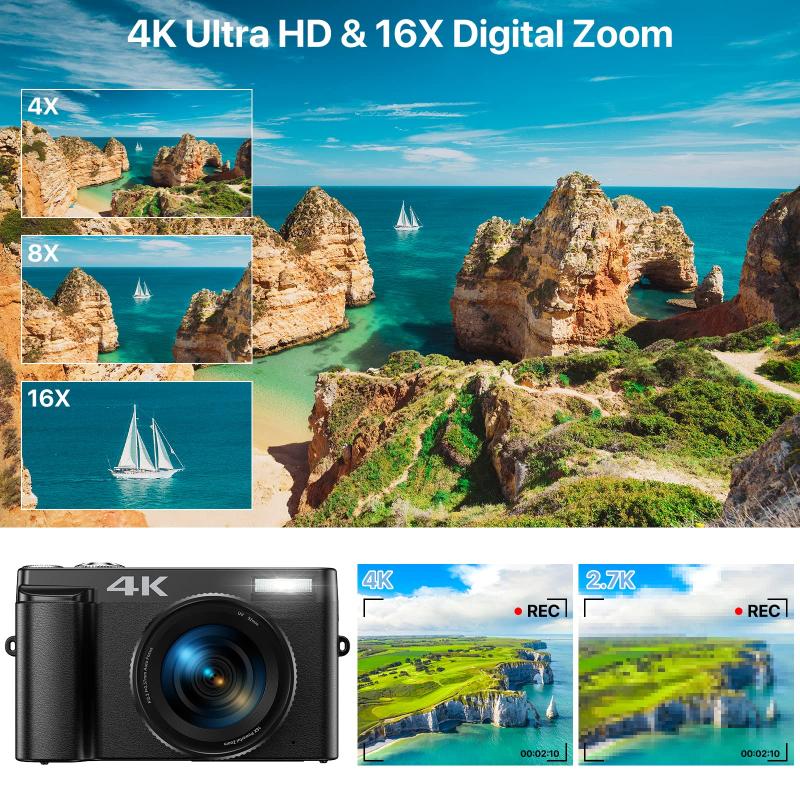
2、 Tripod materials and construction
Tripods are not camera specific, meaning that any camera can be mounted on any tripod as long as the tripod can support the weight of the camera. However, it is important to consider the weight and size of the camera when choosing a tripod to ensure that it is stable and secure.
Tripod materials and construction play a crucial role in determining the stability and durability of the tripod. The most common materials used for tripod legs are aluminum and carbon fiber. Aluminum is a popular choice because it is lightweight and affordable, while carbon fiber is more expensive but offers greater stability and vibration reduction.
The construction of the tripod also affects its stability. Tripods with thicker legs and larger leg segments tend to be more stable than those with thinner legs and smaller segments. Additionally, the number of leg segments can affect the stability of the tripod, with tripods with fewer segments being more stable.
In recent years, there has been a trend towards more compact and lightweight tripods, particularly for travel photography. Manufacturers have responded by developing tripods with innovative designs and materials that offer both stability and portability.
Overall, when choosing a tripod, it is important to consider the weight and size of your camera, as well as the materials and construction of the tripod to ensure that it is stable and durable enough to meet your needs.
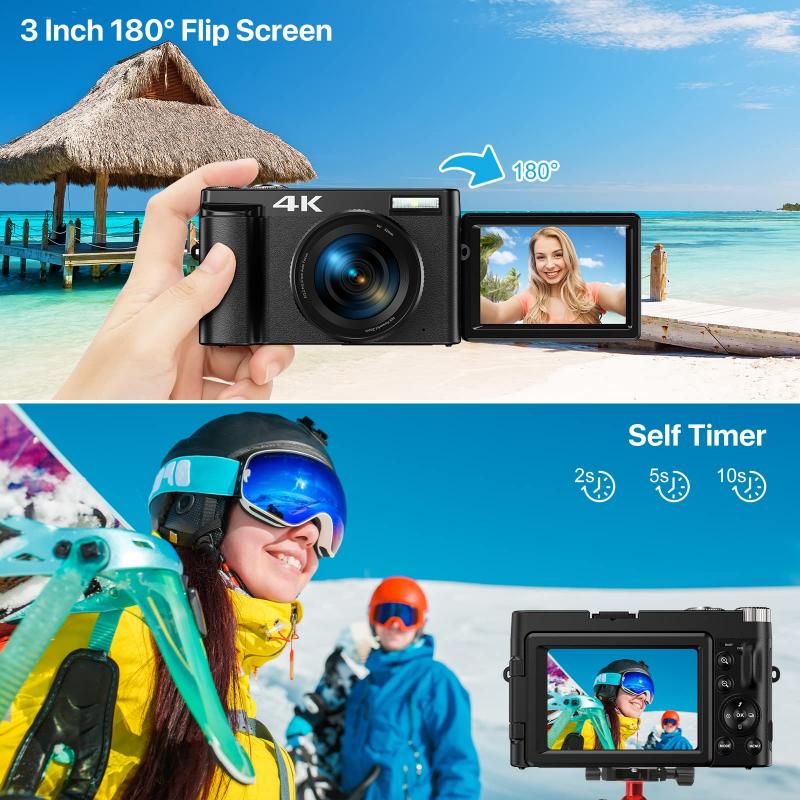
3、 Tripod head options
Tripods are not camera specific, meaning that any camera can be mounted on any tripod as long as the tripod's weight capacity can support the camera's weight. However, it is important to consider the tripod's compatibility with the camera's mounting system. Most tripods come with a standard 1/4-inch screw mount, which is compatible with most cameras. However, some cameras may require a larger or smaller screw mount, so it is important to check the camera's specifications before purchasing a tripod.
When it comes to tripod head options, there are several types to choose from, including ball heads, pan-tilt heads, and gimbal heads. Ball heads are the most popular and versatile option, allowing for quick and easy adjustments in any direction. Pan-tilt heads are ideal for video work, as they allow for smooth panning and tilting movements. Gimbal heads are designed for use with heavy telephoto lenses and provide smooth and stable movement for tracking moving subjects.
In recent years, there has been a growing trend towards lightweight and compact tripods, as more photographers and videographers are looking for portable and easy-to-use options. Additionally, many tripods now come with advanced features such as built-in levels, quick-release plates, and adjustable leg angles, making them more versatile and user-friendly than ever before.

4、 Tripod weight and portability
Tripods are not camera specific, meaning that any camera can be mounted on any tripod as long as the tripod's weight capacity can support the camera's weight. However, some tripods may have specific features that cater to certain types of cameras or shooting styles. For example, a tripod designed for heavy DSLR cameras may have a sturdier build and higher weight capacity than a tripod designed for lightweight mirrorless cameras.
When it comes to choosing a tripod, weight and portability are important factors to consider. A heavy and bulky tripod may be more stable, but it can also be cumbersome to carry around, especially if you plan on traveling with it. On the other hand, a lightweight and compact tripod may be easier to transport, but it may not provide the same level of stability as a heavier tripod.
In recent years, there has been a trend towards more compact and lightweight tripods that are designed for travel and outdoor photography. These tripods often feature innovative designs that allow them to fold down to a smaller size, making them easier to pack and carry. Additionally, some tripods now come with built-in features such as monopod legs or detachable center columns, which can add versatility to your shooting options.
Overall, when choosing a tripod, it's important to consider your specific needs and shooting style. While tripods are not camera specific, they do come in a variety of sizes, weights, and designs that can cater to different types of cameras and shooting situations.
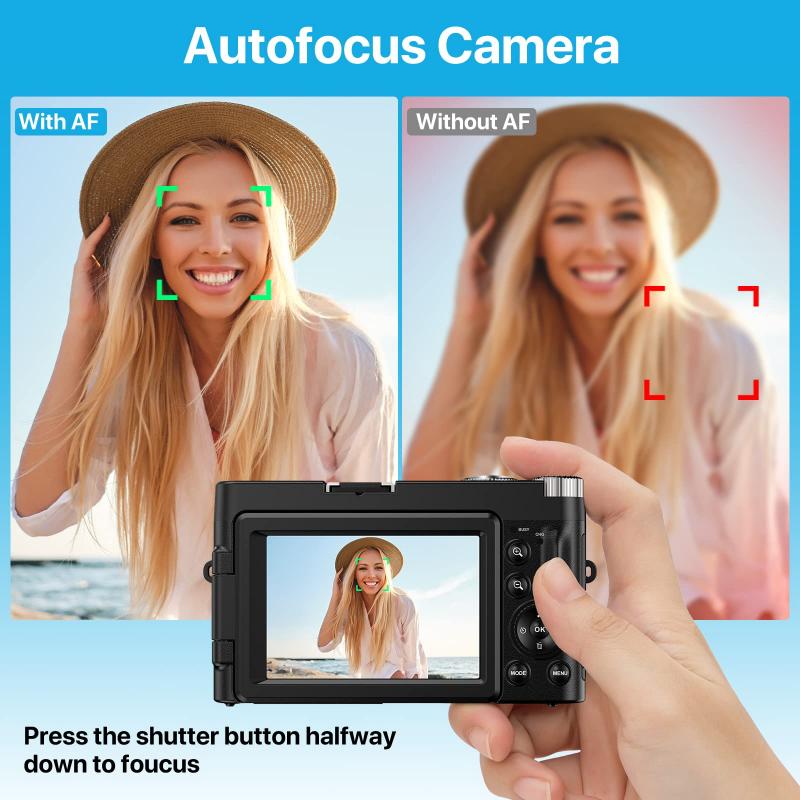

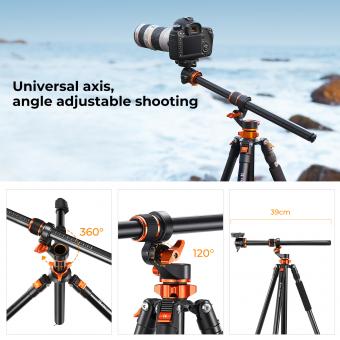










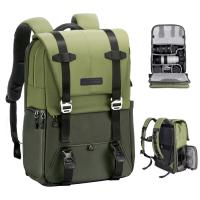
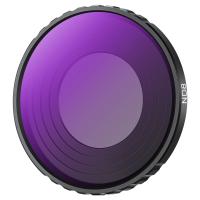

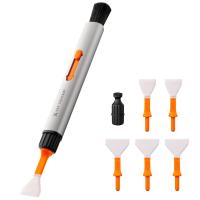

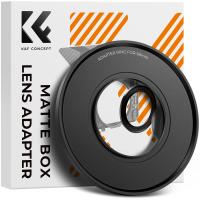

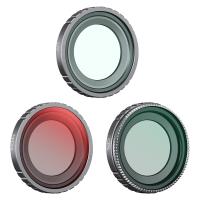
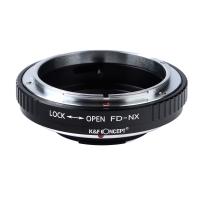





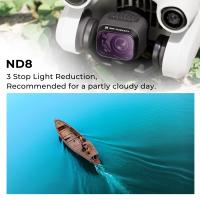
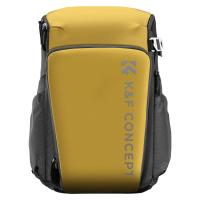
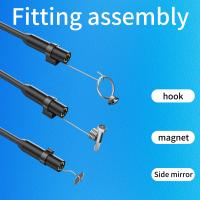

There are no comments for this blog.